True Promise III: Which Israeli military, intelligence, industrial sites did Iran target
By Ivan Kesic
During the 12-day Operation True Promise III, which concluded early on Tuesday, Iranian armed forces introduced new rules of combat and exposed the myth of the Zionist entity’s invincibility by successfully targeting and destroying its military-industrial complex.
The Iranian armed forces, led by the Islamic Revolution Guards Corps (IRGC), launched a powerful and unprecedented retaliatory campaign, unleashing hundreds of ballistic missiles and drones that overwhelmed Israeli air defenses and struck key military, intelligence, industrial, energy, and R&D facilities across the occupied Palestinian territories.
The heavy blows suffered by the embattled regime forced it to persuade Americans to directly intervene in the war of aggression, which didn’t work out as per the script, as the Iranian armed forces pounded the US military base just hours after the American B-2 bombers attacked Iranian nuclear sites – albeit with little success.
In the early hours of Tuesday, the Israeli regime, isolated and abandoned, declared a unilateral ceasefire, announced on its behalf by US President Donald Trump.
We examine the success of Iran’s retaliatory military operation, which lasted 12 days and 22 phases, and saw the use of many new-generation missiles for the first time.
Many of these sites that Iranian missiles and drones targeted had previously been identified by Press TV in its analysis as potential strike zones.
▶️Iran's True Promise 3 and the Myth of Israel's Invincibility
— Press TV 🔻 (@PressTV) June 25, 2025
Follow: https://t.co/mLGcUTS2ei pic.twitter.com/68LilO8Il0
Intelligence targets
One of the first targets of Iranian missiles was the Kirya military-intelligence complex in central Tel Aviv—often dubbed the “Israeli Pentagon.”
This highly fortified zone houses the Israeli ministry of war affairs and covert intelligence offices hidden in high-rise buildings disguised as civilian or semi-civilian structures.
Beneath these towers lie numerous underground regime facilities, the locations of which are reportedly known to Iranian intelligence, especially following Tehran’s acquisition of a large cache of sensitive Israeli data in early June.
The Kirya is located in one of Tel Aviv’s most densely populated districts—an indication of the regime’s use of civilian areas as human shields for military purposes.
Despite being one of the most heavily fortified locations in the occupied territories, protected by a multilayered shield of Israeli and American defense systems, the complex was unable to repel the Iranian missile barrage in the very first phases of True Promise III.
Foreign journalists confirmed damage to towers in the Kirya area, while Israeli media, under the regime’s pressure, suppressed and censored their coverage. Leaked footage from an Israeli settler showed plumes of smoke rising from the site, with the individual in question exclaiming in utter horror, “They hit the Mossad!”
In Haifa, a precision-guided Iranian missile struck a high-rise building housing branches of the Israeli ministry of interior affairs responsible for internal military coordination. The strike disrupted logistical networks and emergency response systems at the municipal level.
.@MaxBlumenthal: Now the Iron Dome has been pierced, the colonial psyche of the Israelis has been punctured along with it.
— Press TV 🔻 (@PressTV) June 25, 2025
Poureisa: The Israeli attack on Iran has brought the country back to the core values of the 1979 Islamic Revolution. pic.twitter.com/xg1pPwHSS1
Another high-value target was the Aman military intelligence headquarters at the Glilot Mizrah Interchange, near Herzliya. Aman oversees elite spying units such as Unit 8200 (signals intelligence), Unit 504 (human intelligence), and Unit 9900 (geospatial intelligence).
The compound also houses Mossad's operational headquarters—the Israeli regime's notorious foreign intelligence agency involved in orchestrating numerous terror plots inside Iran and responsible for the deaths of hundreds of civilians.
This area, like the Kirya, is heavily protected and notorious for its constant GPS jamming—but even that failed to prevent Iranian missiles from striking the facility.
Strict censorship also could not stop the spread of information, as evidence of colossal damage trickled through social media and foreign sources.
Military targets
Because the Israeli regime primarily relied on drones and long-range missiles fired from fighter jets in its recent aggression, Iran concentrated much of its response on air bases.
Nevatim Airbase—previously struck by 33 simultaneous ballistic missiles during Operation True Promise II—was hit again. Located 15 km southeast of Beersheba in the Negev desert, Nevatim is one of Israel’s largest airbases and home to the US-made F-35 stealth fighters used in the 2023 attack on Iran’s consulate in Damascus.
During the latest round, Nevatim's F-35s patrolled Iraqi airspace and supported F-15s in launching long-range LORA missiles. Iranian sources say at least four F-35s were downed during these operations, exposing critical vulnerabilities in Israel’s most advanced air fleet.
▶️ Iran supports Gaza but it is NOT Gaza: A lesson Israel learned in 12 days!
— Press TV 🔻 (@PressTV) June 25, 2025
Follow: https://t.co/mLGcUTSA3Q pic.twitter.com/ozX6Ou5LlN
Nearby Hatzerim Airbase, which hosts F-15 and F-16 squadrons and serves as a key pilot training facility, was also successfully struck.
Other targeted airbases included Tel Nof and Ben Gurion near Tel Aviv, Ramat David near Haifa, Palmachim on the Mediterranean coast, and Ovda near Eilat.
Iranian missiles, including those used for the first time, targeted the command and control centers of the Israeli military and Mossad in both Tel Aviv and Haifa.
The real extent of the damage inflicted on military bases by long-range Iranian missiles was concealed as the regime imposed strict censorship on the publication of photos and videos related to Iranian retaliatory operations.
Industry and energy targets
In retaliation for Israeli strikes on oil depots in Tehran’s Shahran and Rey districts and the South Pars petrochemical facility, Iran targeted energy infrastructure deep inside the occupied territories.
On June 16, Iranian ballistic missiles hit the Bazan Oil Refinery in Haifa—the regime’s largest fuel processing center, which supplies around 60 percent of its gasoline, 65 percent of diesel, and over 50 percent of its kerosene.
The strikes caused significant damage, forcing the complete shutdown of the refinery and its subsidiaries. The Israeli energy minister later admitted the facility would need major reconstruction, estimating a partial restart no sooner than a month.
A nearby power plant was also damaged, triggering widespread blackouts across central regions of the occupied territories.
On June 23, Iranian missiles struck near a power station in Ashdod, triggering a powerful explosion and localized blackouts. Explosions and outages were also reported near Hadera, where Orot Rabin—Israel’s largest power plant—is located.
"Israel was hit REALLY hard. Those ballistic missile took out a lot of buildings."
— Press TV 🔻 (@PressTV) June 25, 2025
US President Donald Trump pic.twitter.com/yPc14HqeDn
In addition, Iran directly targeted military-industrial sites involved in recent Israeli aggression. Chief among them was the Rafael Advanced Defense Systems complex north of Haifa—home to multiple factories and R&D buildings that produce key elements of Israel’s military hardware.
Rafael manufactures Iron Dome and David’s Sling missile interceptors, both of which have failed repeatedly in stopping Palestinian and Iranian missiles. It also produces cruise and guided missiles used in strikes against Iran, including Spice kits and Popeye, Rocks, Spike, and Matador missiles.
The Kiryat Gat Industrial Zone—a major center for microprocessor and high-tech military production—was also struck. Iranian strikes reportedly damaged key production lines vital to Israel’s drone and surveillance programs.
Further south, the Gav-Yam Negev Advanced Technologies Park near Beersheba, which hosts firms working in cyberwarfare, AI, and military tech, was not spared. Many of these companies collaborate closely with the Israeli military and the Mossad.
Another high-profile target was the Weizmann Institute of Science in Rehovot, south of Tel Aviv. Known for its military R&D and partnerships with Israeli military agencies, the institute suffered devastating damage to key laboratories.
Members and professors of the institute confirmed the loss of years’ worth of research.
The Weizmann Institute also plays a role in Israel’s clandestine nuclear program, with many of Dimona’s nuclear scientists having graduated from or taught at the institute.
VIDEO | Press TV's news headlines
Israel expands northern Gaza occupation beyond 'yellow line'
VIDEO | Venezuelans demonstrate in support of kidnapped president Nicolas Maduro
Venezuela’s independence, sovereignty ‘non-negotiable’: Ambassador to Iran
Kidnapped Maduro to appear in New York court with protests expected outside
Iran’s Judiciary chief warns rioters will face firm action without leniency
Monitor group: Israeli forces, settlers carried out nearly 24,000 attacks in 2025
VIDEO | American lawlessness: This time in Venezuela


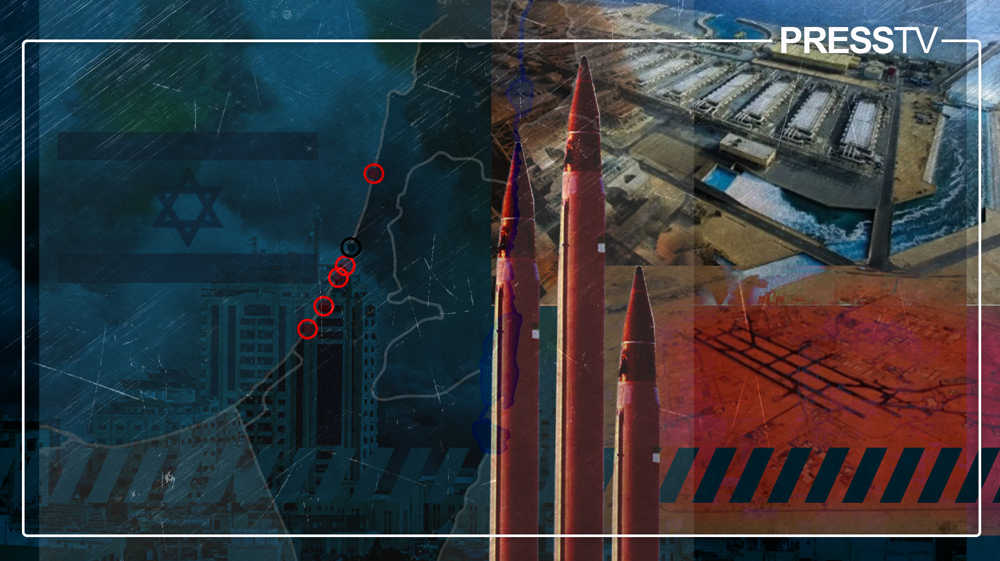






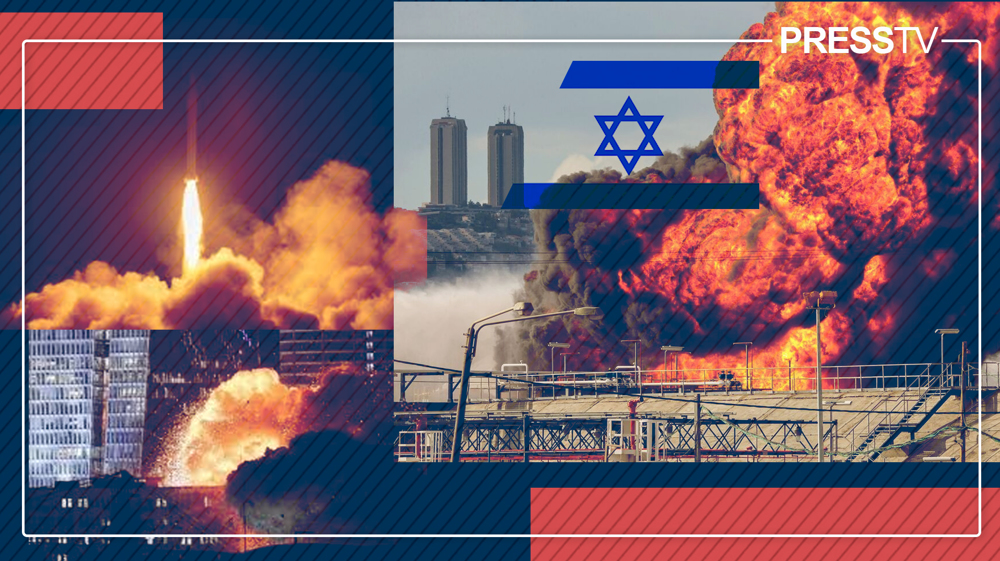
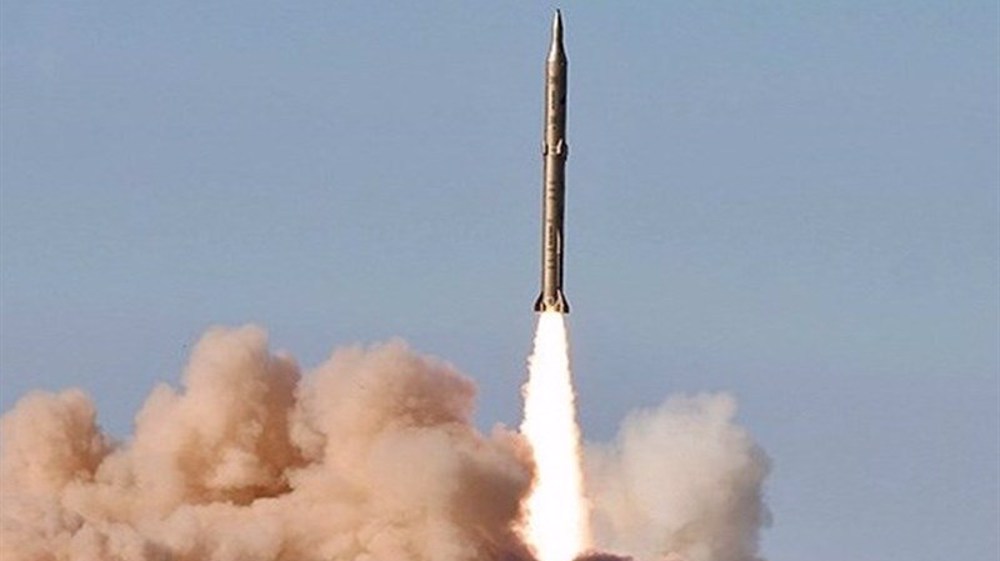
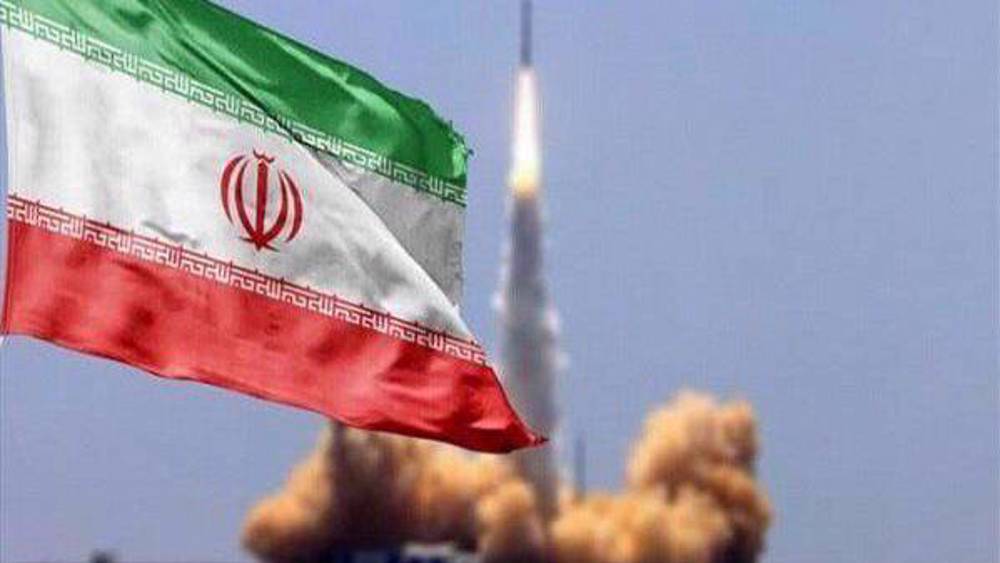
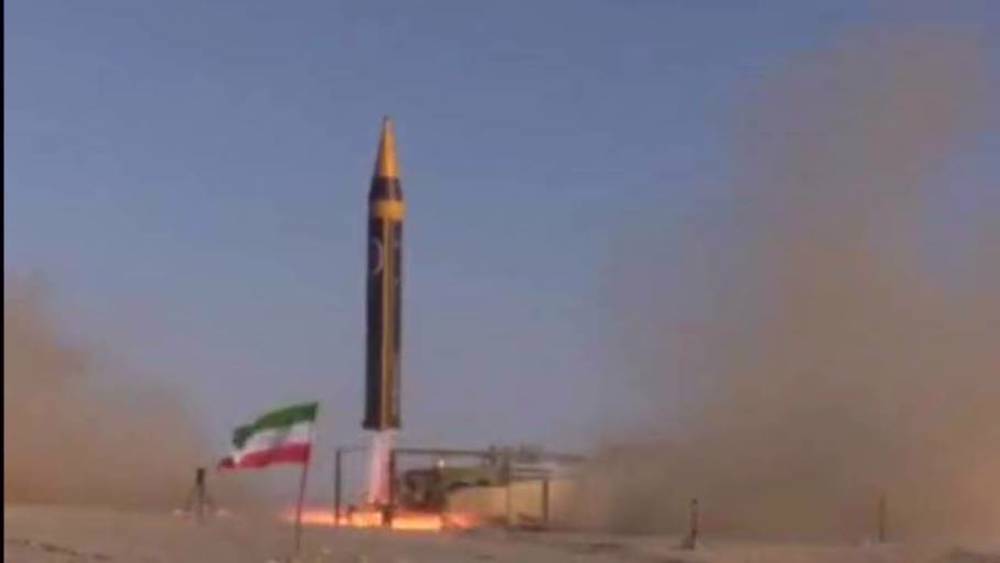


 This makes it easy to access the Press TV website
This makes it easy to access the Press TV website